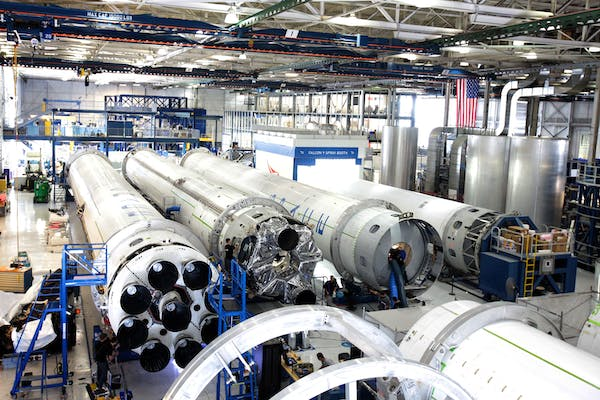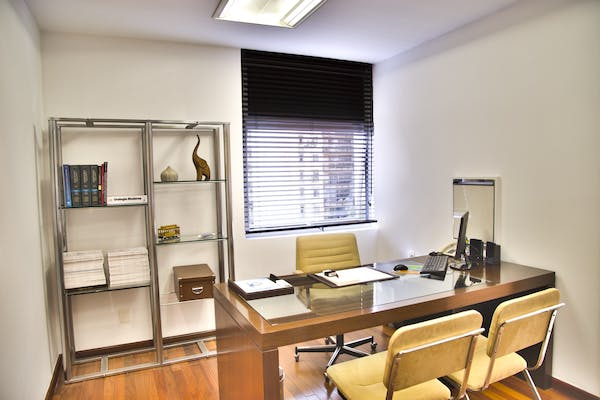As new technology emerges, the manufacturing industry has changed to meet new demand. Production companies have to deal with equipment malfunctions, human error, and a number of other problems that inhibit efficient operations. However, one of the most dangerous aspects in a manufacturing environment is static discharge.
Particularly rampant in packaging, printing, textiles, automotive, plastics and electronics production, static discharges generate a very real risk for companies. Equipment and machinery generate heat that dries the air around machines, which then encourages the formation of static. Moving parts produce friction. The micro-environments that surround each machine foster the development of static, and from there, potential problems can occur.
Electrostatic discharges (ESD) can cause a drop in productivity and product quality. It also increases safety problems and can cause physical damage to equipment assets. This is specifically true for electronics and PCBs. Manufacturers who rely on specialized machinery can find themselves dealing with production run stoppages and other money drains if the climate controls in the facility are lacking.
Fortunately, industrial humidifiers deliver static discharge solutions. Organizations that operate in the production industry can eliminate the dangers associated with a charged atmosphere.
What Is ESD and How Is It Generated in Manufacturing?
To create an electrostatic discharge, there must first be a concentration of an electrostatic charge. This is accomplished by friction. Remember your physics? When two materials are rubbed together, one of the items becomes positively charged and the other is negative. The machinery part that possesses the positive charge has an electrostatic charge.
Whenever the positively charged part makes contact with another part, an electrostatic discharge (spark) occurs. It’s actually the same as a bolt of lightning, only on a smaller scale. Ironically, static is produced through induction, friction, or contact and separation. Electric power, conveyor belts, pulleys and rollers create ESDs, along with pneumatic and flow operations.
In a manufacturing environment, you can’t prevent machinery parts from generating static electricity. All you can do is control the environment so that it is unreceptive to the development of discharges.
Problems and Risks Created By ESDs
Depending on the type of production operation, different problems and risks are created by ESDs. For example, in the printing industry, handling issues emerge from product adhesion and repulsion. Delicate equipment circuits can also be damaged.
In process manufacturing settings, the flow of fine powders and other raw materials through pipes can be blocked. Sparks can ignite combustible materials like gas or dust in the air. If insulated conductors and other controls are not in place, accidents can lead to serious damage and possible injuries. ESDs are responsible for:
- Losses in productivity
- Increased maintenance costs
- Reduced asset lifespan (machinery and climate control units)
- Higher insurance costs and risk of accident
The Role of Industrial Humidifiers in the Manufacturing Industry
To fight the formation of electrostatic discharge and help eliminate their consequences in a production facility, organizations install industrial humidification systems. Specialized humidifiers maintain the correct levels of relative humidity, which acts as a natural dampener. Basically, when the air has sufficient moisture, static discharges can’t make sparks.
New de-correlation technology takes it a step further. Using a natural process, humidifiers change the molecular properties of the hydrogen and oxygen atoms, producing an ability to attract atmospheric charges, dust, and other airborne contaminates.
Instead of volatile “micro-environments” surrounding your equipment, industrial humidifiers can be placed to regulate the entire facility or strategically attached to production machinery. Tunnel systems can be custom fitted to conveyor lines, and mobile units offer solutions for small packaging areas or shipping. By controlling the moisture in the air, they also help maintain constant indoor temperatures.
Non-wetting humidity won’t settle on production equipment or inventories either. WIP and finished goods are protected from environmental damage because de-correlation eliminates dust and airborne chemicals.
Today’s manufacturers need to maintain quality control and high productivity to stay competitive. Industrial humidifiers provide production solutions by ensuring that facility conditions support safety, efficiency, and profitability.





